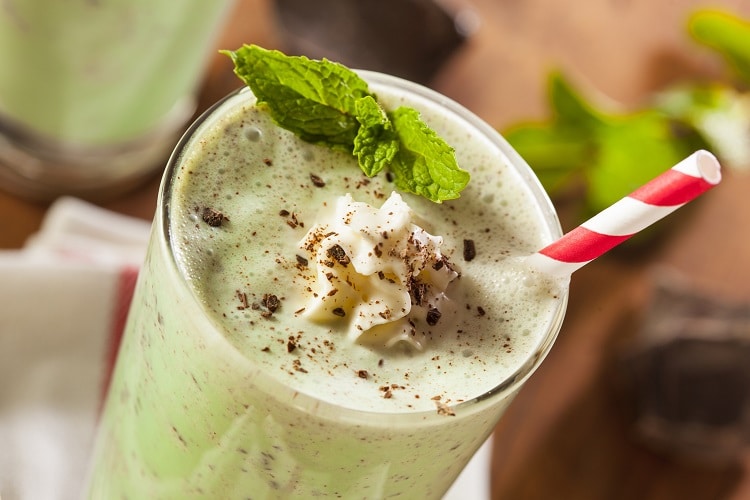For my entire childhood, one solitary event signaled that I had just one more delicious month of summer left to savor before heading back to school. That event? “Doing corn,” as it’s called by those in the know. As a farm kid, the seasons were marked by the farm calendar. There was no fighting it. Vacations and other late-summer activities are planned around when we predict the sweet corn will be ready to harvest.
Though my family’s farm in Belleville, PA, is a dairy, every year my dad plants rows of sweet corn so that our family and friends will have homegrown corn to eat throughout the year. The process of getting the ears from field to freezer requires a ton of time, energy, and help, but could be easily recreated in smaller spaces with a smaller quantity of corn from your garden, local farm stand, or farmers’ market.
The day starts around 5:30 a.m., when some of my family goes to the field to start picking. This year, they filled up the bed of my dad’s pick-up truck with approximately 55 to 60 dozen ears of corn in feed bags.
Husking begins around 7 a.m. As we start to accumulate boxes of husked ears, someone starts the silking machine. It’s a locally made electric-powered spinning bottle brush that rubs against the ear without breaking any kernels. You can also remove the corn silk with a small handheld brush or a rag. This isn’t a necessary step for those following along at home, it’s really just preference.
After husking, we start boiling huge pots of water. We boil all the ears, just like we would if we were going to eat corn on the cob. After it’s boiled long enough, we start tossing the ears into huge tubs of ice water. The kernels should only be cut off the cob after they’ve been fully cooled. We went through almost 200 pounds of block and crushed ice cooling off our ears this year.
When the ears have cooled, we take them out of the ice water and stand them up in bowls, baskets, or pots, so the excess ice water can drain off. This way, there’s no excess liquid in the cut corn. It’s got plenty of juice on its own.
After it’s been husked, cooked, and cooled, it’s finally time to remove the kernels from the cobs. We cream some corn with a corn creamer and cut the rest off with good, sharp filet knives. To cut corn off the cob, it’s important not to cut too deep. It takes a little bit of practice to cut off the tops of the kernels without cutting deeper and ending up with the taste of cob. After cutting off the tops of the kernels, we scrape the remaining juice out of the ears. This yields huge bowls full of cut and creamed corn, which we measure into freezer bags and await the delicious corn we’ll have to eat all year!
If you try this at home, leave a couple cups of corn out of the freezer so you can make corn fritters! My mom adapted this recipe from the Mennonite Community Cookbook, a cultural and family staple in my house growing up, and it’s featured nearly every year on corn day.
Corn Fritters
Ingredients:
- 2 cups fresh corn, grated (you already did this part, good for you!)
- 2 eggs
- ¼ cup flour
- 1 tsp. salt
- ¼ tsp. pepper
- 1 tsp. baking powder
- 2 tbsp. cream or milk
Method:
- Beat the eggs.
- Add the beaten eggs, flour, baking powder, salt and pepper to the grated corn.
- Mix together.
- Add the milk.
- Drop mixture into a buttered griddle or frying pan, and brown on both sides.



